Breast Lift in Philippines
Search and Compare the Best Clinics and Doctors at the Lowest Prices for Breast Lift in Philippines



Breast Lift at Dr. Marlon O. Lajo in Metro Manila, Philippines





Breast Lift at Adraneda Dermatology and Cosmetic Surgery in Agusan del Norte, Philippines





Breast Lift at Asian Hospital and Medical Center in Metro Manila, Philippines





Breast Lift at The Medical City in Metro Manila, Philippines

Breast Lift at Aesthetic Science Clinic in Metro Manila, Philippines

Breast Lift at Aesthetic Science Makati in Metro Manila, Philippines



Breast Lift at J P Sioson General Hospital in Agusan del Norte, Philippines



Breast Lift at Dr. Amy Anti-Aging and Cosmetic surgery Center - Ozamiz in Agusan del Norte, Philippines



Breast Lift at Dr. Amy Anti-Aging and Cosmetic surgery Center - Gaisano in Agusan del Norte, Philippines
Our partner clinics in are accredited by the following associations






















































































































































Compare Before & After Photos of Breast Lift
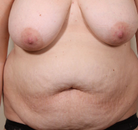

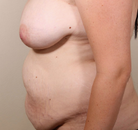
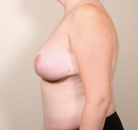

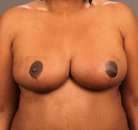
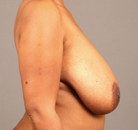
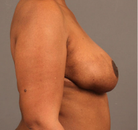


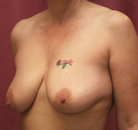

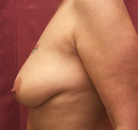
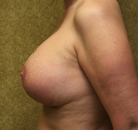
No Time?
Tell us what you're looking for and we'll reach out to the top clinics all at once
WHY US?




































































































































































No Time?
Tell us what you're looking for and we'll reach out to the top clinics all at once
What does a Breast Lift Procedure Involve?
A number of techniques are available for a breast lift. They differ in the location of incisions. The one suitable for you is chosen according to the condition of your breasts. The procedure begins with making you lay in the supine position. You are anesthetized, so that you may not suffer from pain during the surgery. After this, an incision is given around your areola descending down towards the crease where it runs horizontally. Stitches are given inside the breasts to suspend them. Excess tissue is removed. Sometimes, the size of your areola is decreased and nipples are shifted to a higher position. In most cases, the nipple-areola complex (NAC) is preserved to prevent damage to your lactational ability. After your surgeon removes exess skin, tissue, and fat, they put back the skin flap to its place and stitch the incision.
After the surgery, a bandage is applied over the operated area. You are then given a surgical bra to wear. Small tubes are placed near your incisions to drain any fluid or blood. These tubes are removed after several days.
How Long Should I Stay in Philippines for a Breast Lift Procedure?
Breast lift is a 2 to 3-hour procedure, after which you are moved from the operation theatre to a private recovery room. You are monitored for a few hours, and if everything goes fine you can go home on the same day, assuming no other surgeries were performed at the same time.
After being discharged from the hospital, you have to come for check-ups on a regular basis to ensure that nothing goes wrong. You should remain in Philippines for at least 7-10 days after the surgery. In this period, your incisions heal and stitches are removed. You can leave when told by your doctor.
What's the Recovery Time for Breast Lift Procedures in Philippines?
Plan to take 2 to 3 weeks off work for your breast lift surgery. There will be pain and swelling in the operated area and your breasts will appear swollen for almost 2 weeks. There will be redness and pain around your incisions. Your areola and nipple are likely to be numb for a few days.
In the early days, painkillers are given to help you with pain. You might have to wear surgical bras for 2 to 3 weeks, after which, you can wear regular bras. No underwire bras should be worn for at least 6 weeks.
What sort of Aftercare is Required for Breast Lift Procedures in Philippines?
Following points should be kept in mind to take care of yourself after being discharged from the hospital:
- Visit your doctor regularly for some time.
- Take your medicines as and when prescribed by the doctor.
- Follow a healthy diet plan for a better recovery.
- Ensure the presence of someone with you to look after you.
- Do not wear push up bras for 5 to 6 weeks after the surgery.
- Wear surgical bras in the early few days.
- Avoid excessive movement of your breasts.
- Do not take a bath as long as bandages are there. Wet bandages can be the cause of infection.
- Do not bend.
- Avoid sexual activity for at least 2 weeks.
- Do not lift heavy objects or kids. It can put stress on your stitches, removing them before due time.
What's the Success Rate of Breast Lift Procedures in Philippines?
According to a survey, 80% of women are satisfied by breast lift surgery. Their bust is restored, and sagginess disappeared. Most people experience long-lasting results, while others might need minor revisions after a few years.
For an in-depth analysis of the Breast Lift procedure with before and after images, watch this short video.
This information has been accurately sourced and verified by a medical professional for its accuracy, however, we strongly recommend you to consult with your doctor before pursuing medical procedures overseas.











